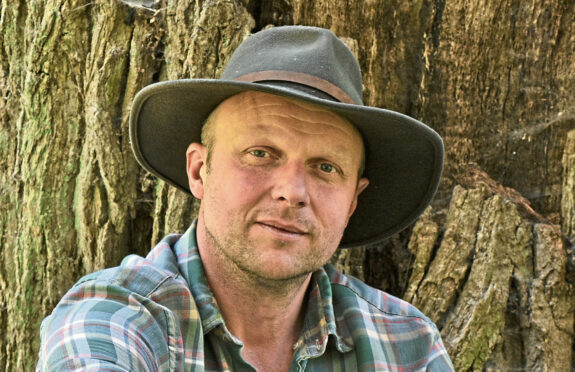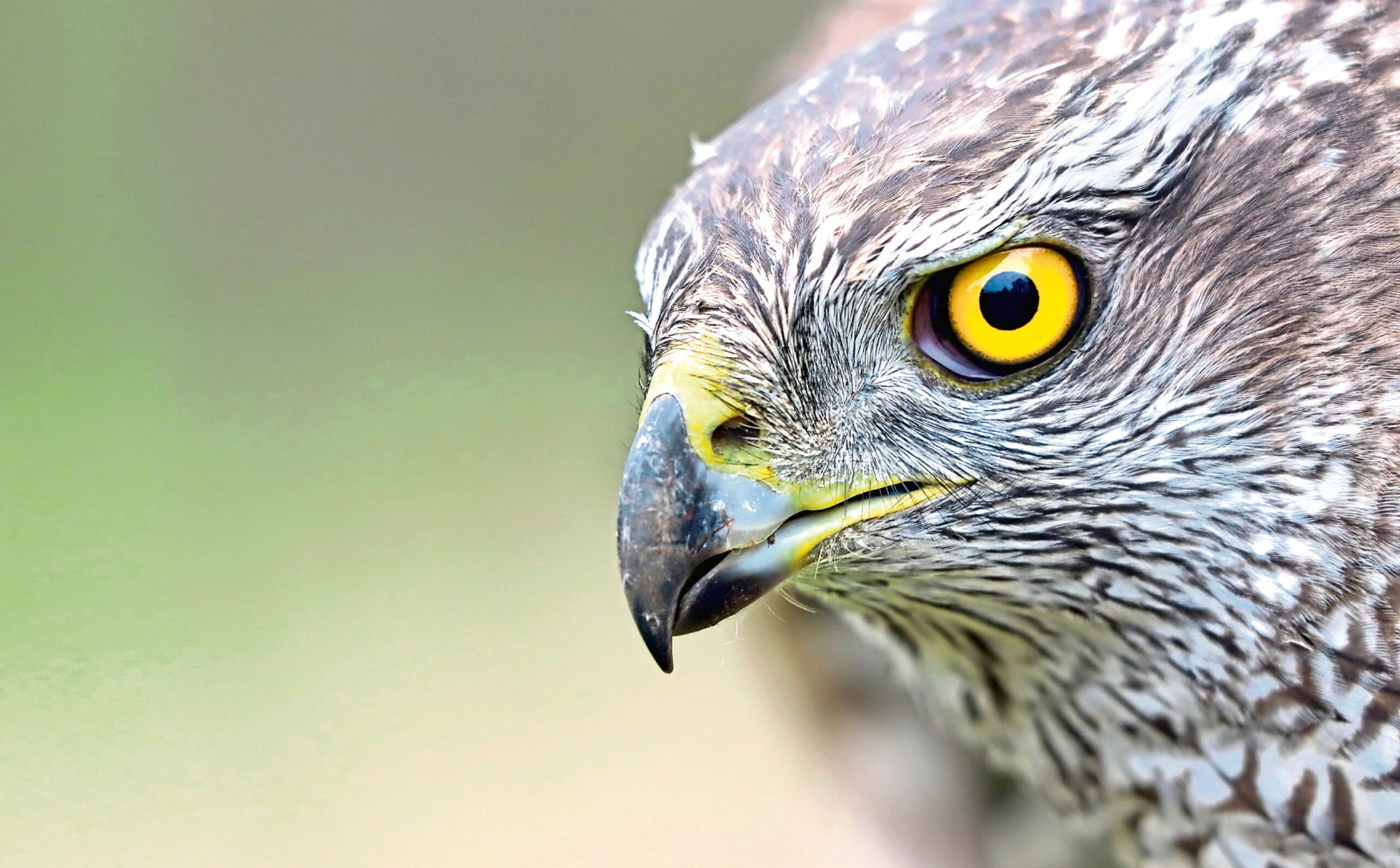
Wildlife cameraman, James Aldred has been up close and personal with everything from orangutans to birds of prey.
Here, the Emmy Award-winner, who has collaborated with David Attenborough, tells Alice Hinds about his life spent silently waiting for the perfect shot.
How did you get started in your career?
I was always passionate about becoming a wildlife cameraman, so I’ll always be grateful to the producers at the BBC Natural History Unit in Bristol who gave me my first few jobs as a camera assistant.
I suspect I pestered them to the point of exasperation and they eventually gave in to shut me up – for which I am humbly grateful.
Did you always have a passion for animals?
I was lucky to grow up in a time when childhood interests lay beyond the front door. Getting out into the woods was how we built friendships and learned about our place in the world.
I was also lucky to have parents who nurtured this freedom and spent my teenage years living in the New Forest surrounded by beauty. Nature got into my imagination at a young age and has been there ever since.
What do you need to capture the best scenes?
Patience – and a decent telephoto lens.
The lens is probably the most important piece of kit, but obviously the cameras we use these days are a significant step-up from those in use 30 years ago. The wildlife TV industry regularly films in 8K resolution (twice the quality used by most movies, for example).
A canvas filming hide comes in handy, to help you keep a low profile when sitting for hours in the natural environment.
Is there one animal that’s very difficult to capture on film?
Everything has its challenges, depending on what aspect of its behaviour and character you’re trying to capture.
I’d say the trickiest are often those that have been heavily persecuted in the past. Species like goshawks, rural foxes and lowland river otters here in the UK can be difficult. One of the biggest filming challenges I can think of would be the Scottish wildcat, for example.
What is your most memorable filming moment?
Having a gorilla climb up in the same tree as me in order to peek into the back of my filming hide whilst on assignment in the Congo for National Geographic.
Have you ever witnessed something incredible, but not captured it on film?
There are often moments of fleeting, ephemeral beauty that simply defy capture by camera. I treat these as personal gifts from nature to be enjoyed for what they are.
The way light subtlety shifts across a scene, or a particularly knowing glance from a big cat just as you’re changing lens.
There is a strange phenomenon that I’ve only ever seen twice and never been able to film. It happens in the rainforest when heavy rain hits leaves high up in the canopy and atomises into droplets, which fall as perfectly round silver spheres. They seem to fall in slow motion and look like glistening beads of mercury.
Do you need lots of patience?
Patience is key. One of my favourite quotes is “Sit still, look long and hold yourself quiet”.
You spent lockdown in the New Forest. Did you notice a change in animal behaviour?
It didn’t take long for the wildlife to emerge from the woods to start reclaiming not only ground, but the airwaves. The dawn choruses were sublime and the sight of deer grazing windfall leaves from the middle of busy A-roads never got dull.
What do you most love about filming birds?
Their individual character. Many of us think that birds are devoid of character. I don’t agree, and love to get to know a bird and watch its behaviour.
They are awesome in their intelligence, variety and sheer improbability of existence – have you ever really thought about how birds manage to fly silently across entire continents?
Blows my mind every time.
Goshawk Summer: A New Forest Season Unlike Any Other, by James Aldred, is out now

Enjoy the convenience of having The Sunday Post delivered as a digital ePaper straight to your smartphone, tablet or computer.
Subscribe for only £5.49 a month and enjoy all the benefits of the printed paper as a digital replica.
Subscribe © Shutterstock / Millenius
© Shutterstock / Millenius